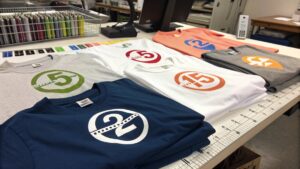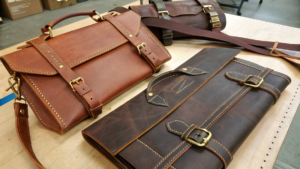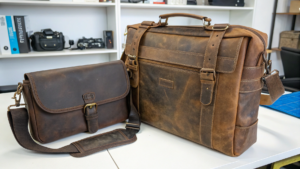Why is Your Custom Logo T-Shirt a Strategic Brand Statement?
Are you thinking of putting your company logo on a T-shirt? It seems simple. But it is a big chance to boost your brand.
Your custom logo T-shirt is a strategic brand statement because it acts as a dynamic, wearable advertisement that builds brand recognition, fosters team unity, and communicates your company's identity and values to a wide audience.
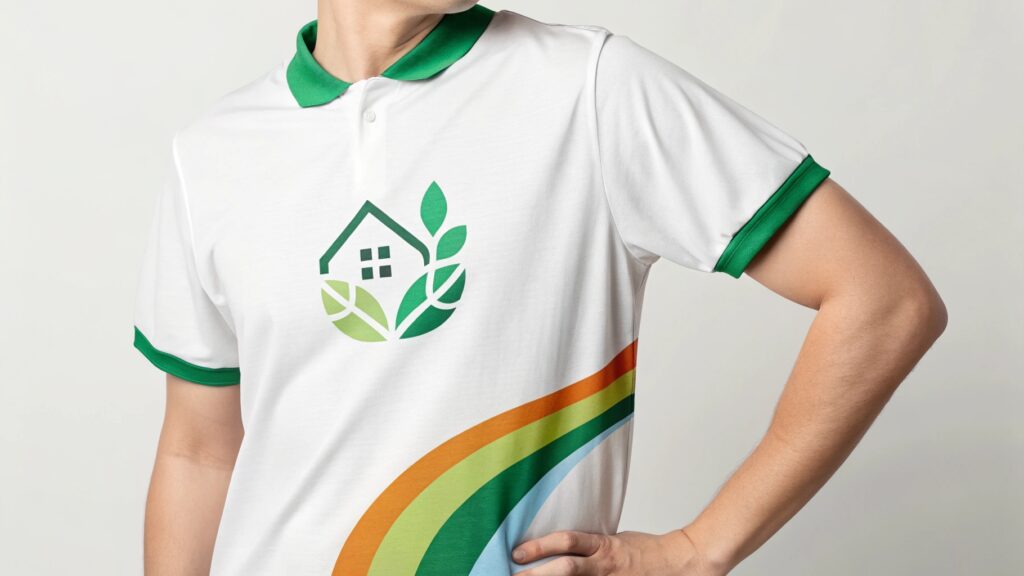
I've seen many companies just print a logo. But I always ask them: "What story do you want this T-shirt to tell?" It's more than just ink on fabric.
How do I print a logo onto a shirt effectively?
Are you ready to put your logo on a shirt? The process has many steps. Doing it right makes your brand stand out.
To print a logo onto a shirt effectively, first define your brand's message and target audience, then choose the appropriate printing method, T-shirt material, and logo placement to ensure cohesion and visual impact.
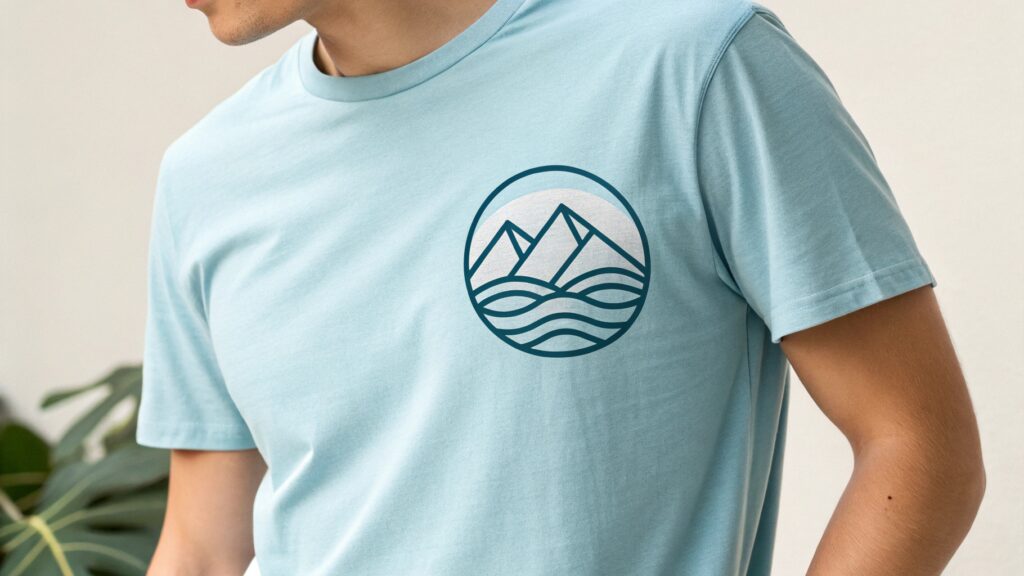
Why does brand message guide printing choices?
Your brand message must guide every printing choice. What do you want people to feel when they see your logo? A bold, eye-catching design might be great for a startup looking to make noise at a trade show. In this case, screen printing1 with vibrant colors could be perfect. But if your brand is premium and minimalist, subtle embroidery on a high-quality shirt might be better. It whispers sophistication. The font, the size of the logo, and even its placement should all align with your brand's tone. A T-shirt is not just a piece of clothing. It's a moving billboard. It carries your brand's story. I always stress printing with intention, not just technique. This ensures your T-shirt does more than show a logo. It communicates your brand's essence. This intentional approach helps create a consistent brand experience across all touchpoints, reinforcing your message in a subtle yet powerful way, and ensuring that the custom apparel truly represents your company's values and aesthetic.
| Branding Goal | Recommended Method | T-shirt Material | Logo Placement |
|---|---|---|---|
| High Visibility/Impact | Screen Printing | Heavy Cotton | Large front/back |
| Premium/Sophisticated | Embroidery | Ring-spun Cotton | Small chest/sleeve |
| Photo-realistic Design | DTG (Direct-to-Garment) | Cotton/Blends | Full front |
| Team/Uniform | Screen Print/Embroidery | Performance Blends | Chest/Sleeve |
| Event Giveaway | Screen Print (1-2 colors) | Standard Cotton | Front/Back |
How does T-shirt fabric affect the print?
The T-shirt fabric2 plays a big role in how your logo looks and feels. 100% cotton is popular. It gives a good surface for many print methods like screen printing and DTG. It absorbs ink well. This creates vibrant colors. Polyester fabrics are good for moisture-wicking shirts, often used for sports teams. They work well with sublimation printing, which dyes the fabric directly. This means no feel to the print. Cotton blends (like poly-cotton) offer a mix of benefits. They can be softer and more durable. But some methods might not look as good on blends. For example, DTG often works best on higher cotton content. I always consider the fabric choice. It affects the final look, durability, and comfort. The right fabric ensures your logo performs as intended, maintaining its integrity and visual appeal over time, and contributing to the overall quality perception of your branded apparel.
Why is placement key to effective branding?
Placement of your logo is key to effective branding on a T-shirt. Where you put the logo impacts how it is seen. A standard placement is the center chest. This is clear and direct. A smaller logo on the left chest (over the heart) is common for corporate wear. It is subtle and professional. A large logo on the back makes a bold statement. It gets seen as people walk away. Sleeve logos are good for adding extra detail. They can also show sponsors. Thinking about how the shirt will be worn is important. Will it be under a jacket? Will it be seen from afar? I plan placement carefully. It ensures your logo gets the right attention. This strategic decision helps maximize your brand's visibility and ensures that the custom T-shirt effectively serves its purpose as a promotional tool, making a lasting impression on anyone who sees it.
What printing method is used for T-shirts?
Are you wondering about the different ways to get your logo on a T-shirt? Many methods exist. Each has its own strengths.
Various printing methods are used for T-shirts, including screen printing, Direct-to-Garment (DTG), heat transfer, and embroidery, each offering distinct advantages in terms of cost, detail, durability, and suitable fabric types.
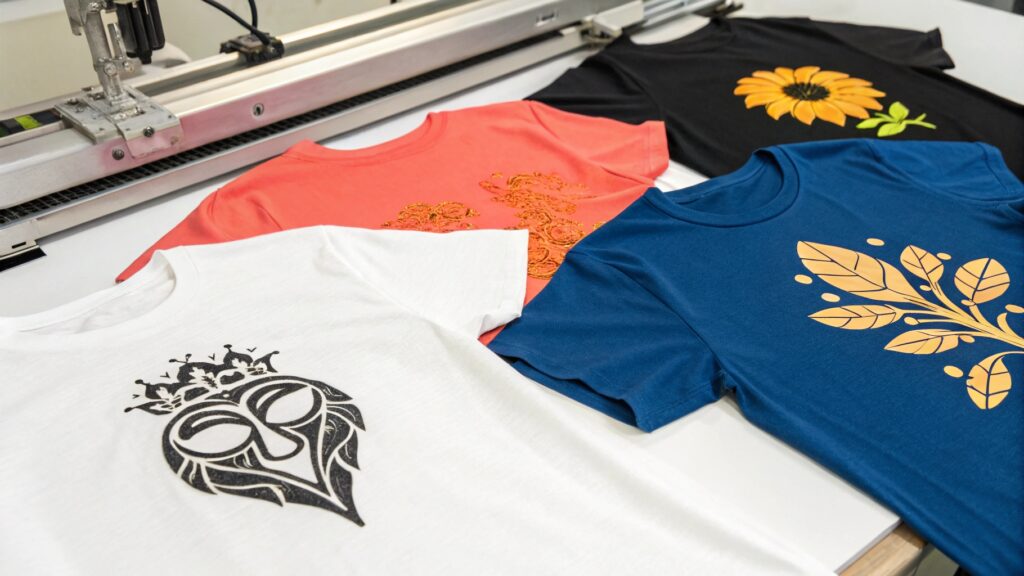
How does screen printing work?
Screen printing is one of the oldest and most common methods. It uses stencils on a mesh screen. Ink is pushed through the screen onto the shirt. Each color needs its own screen. This method is great for bold designs. It is very durable. The colors are vibrant. It is also cost-effective for large orders. This is because the setup cost is spread across many shirts. I often recommend screen printing for company uniforms or promotional giveaways. It creates a professional, long-lasting print. It is a reliable choice for consistent branding. The thickness of the ink laydown in screen printing can also provide a tactile quality to the design, adding another dimension to the branded apparel that can enhance its perceived value and uniqueness.
| Printing Method | Best For | Key Advantage | Considerations |
|---|---|---|---|
| Screen Printing | Large quantities, few colors, bold designs | Durable, vibrant colors, cost-effective for bulk | Higher setup cost, limited color detail |
| DTG (Direct-to-Garment) | Photo-quality, complex designs, small runs | High detail, many colors, soft feel | Best on cotton, higher ink cost per shirt |
| Heat Transfer | Small runs, custom names/numbers, simple graphics | Versatile, quick, good for personalizing | Less durable than screen print, can feel plasticky |
| Embroidery | Professional look, durable, textured | High perceived value, sophisticated | Limited detail, higher cost, adds weight |
| Sublimation | All-over prints, vibrant photos on poly | No-feel print, durable, vibrant | Only works on polyester fabrics |
When is Direct-to-Garment (DTG) printing ideal?
Direct-to-Garment (DTG)3 printing is like using a giant inkjet printer for shirts. It prints the design directly onto the fabric. This method is perfect for complex designs. It can handle many colors. It can even print photos. It is great for small orders or one-off custom shirts. There are no setup costs for screens. The print has a softer feel than screen printing. It is also more breathable. However, it is usually more expensive per shirt than screen printing for large quantities. It also works best on 100% cotton shirts. I use DTG when a client needs high detail or a very small batch. It allows for incredible design freedom.
What are the advantages of embroidery for logos?
Embroidery uses thread to stitch your logo onto the shirt. It creates a textured, premium look. It is very durable. It resists fading and peeling. It is often used for polo shirts, corporate uniforms, or caps. Embroidery adds a sense of quality and sophistication. It has a high perceived value. While it can be more expensive than printing, it lasts a long time. It also adds a professional touch. I suggest embroidery when clients want to convey a high-end brand image. It makes the logo stand out with its tactile quality. The raised texture of the embroidery gives a substantial feel, which can communicate a sense of craftsmanship and attention to detail, further enhancing your brand's reputation for quality and excellence.
What is the cheapest method of printing T-shirts?
Are you on a tight budget but still need custom T-shirts? Finding the most affordable printing method is key.
The cheapest method of printing T-shirts for bulk orders is screen printing, especially for designs with fewer colors, due to its efficient setup for high volumes. For very small quantities or single shirts, heat transfer vinyl (HTV) or Direct-to-Garment (DTG) can be more cost-effective.
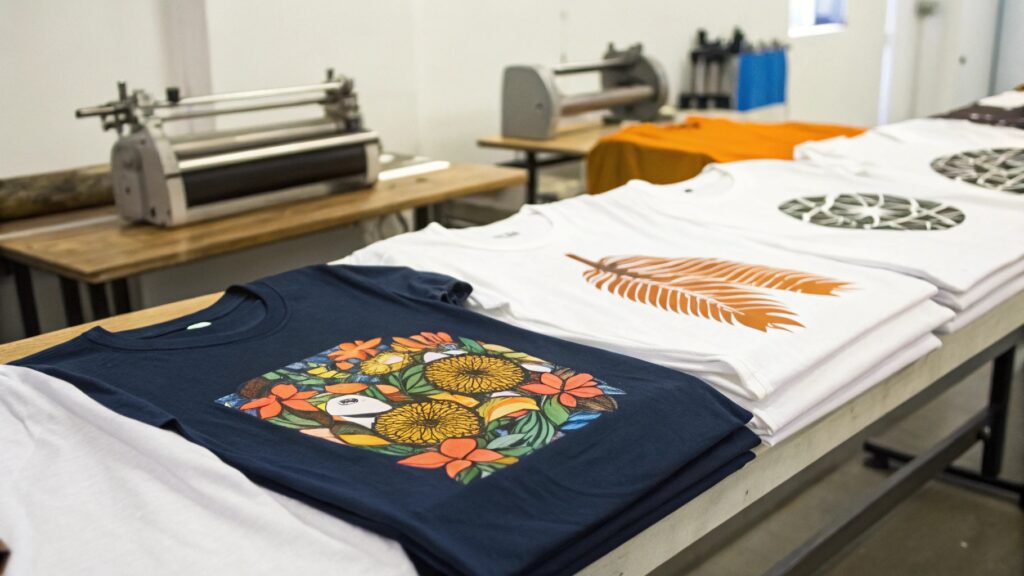
Why is screen printing cheap for bulk?
Screen printing becomes cheap for bulk orders because of its setup process. There is an initial cost to create the screens for each color. But once those screens are ready, printing many shirts is very fast and efficient. The cost per shirt drops dramatically as the quantity increases. This makes it the most economical choice for large runs of T-shirts, especially for simple designs with only one or two colors. For example, if you need 100 or 500 shirts, screen printing will almost always be the cheapest option per unit. I use this method often for big events or large promotional campaigns. It gives good quality at a low price for volume. The economy of scale achieved with screen printing allows businesses to maximize their budget while still producing professional and durable branded apparel, making it a go-to choice for large-scale marketing initiatives.
| Method | Cost-Effectiveness (Small Orders) | Cost-Effectiveness (Bulk Orders) |
|---|---|---|
| Screen Printing | Higher (due to setup) | Very Low |
| DTG | Moderate | Moderate to High (ink cost per shirt) |
| Heat Transfer | Very Low | Moderate (labor intensive for large designs) |
| Embroidery | High | Moderate to High |
When is heat transfer a budget choice?
Heat transfer vinyl (HTV) can be a very budget-friendly choice for small quantities of shirts. This method involves cutting a design out of vinyl material. Then, it is applied to the shirt using a heat press. There are very low setup costs. It is quick for one-off shirts or small batches. It is great for personalized items, like adding individual names or numbers to team shirts. However, for very large designs or big quantities, it can become labor-intensive. This makes it less cost-effective than screen printing for bulk. I often use heat transfer for small business owners who need a few branded shirts or for custom gifts. It offers flexibility and affordability.
Why might DTG be cheaper for single shirts?
DTG (Direct-to-Garment) printing can be cheaper for single shirts or very small orders. This is because it has no setup costs like screens. You just send the digital file to the printer. The printer then prints directly onto the shirt. This means you only pay for the shirt and the ink used. There's no minimum order quantity. While the cost per shirt for DTG can be higher than screen printing for bulk, it is much lower for one or two shirts. I recommend DTG for artists, designers, or anyone needing a few unique custom T-shirts. It allows for high detail and many colors without a big upfront investment. It makes custom apparel accessible even for individual projects.
Conclusion
Your custom logo T-shirt is a powerful tool. Choose the right print method. Align it with your brand's story. Make every shirt count.
-
Explore the advantages of screen printing, especially for bulk orders, to understand why it's a popular choice for custom apparel. ↩
-
Learn how different T-shirt fabrics impact print quality and durability, ensuring your logo looks its best on any material. ↩
-
Discover the unique benefits of DTG printing for complex designs and small orders, perfect for custom apparel needs. ↩

